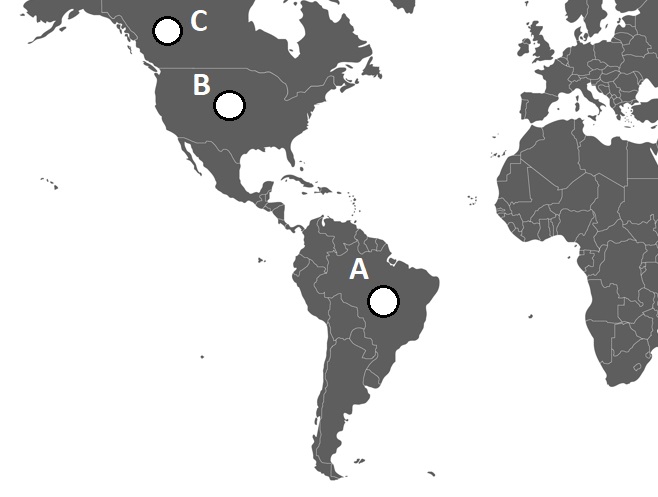
Today’s GOALS
Let’s have a look at the goals for today.
“Life on Land” is the topic of this unit.
“Life on Land” is the topic of this unit.
今日のテーマは「陸の豊かさも守ろう」です。
Today’s Goals
■ 森林・陸域生態系にかかわる単語・表現を学ぶ
Learn the vocabulary and expressions related to forests and biodiversity
■ 森林破壊や生物多様性を脅かす問題を抱える世界の国について知る
Get to know and share your thoughts on the countries facing deforestation and biodiversity loss
■ passageを読んで森林破壊や生物多様性に関する問題についての知識を深める
Deepen your knowledge of deforestation and biodiversity by reading passages
Part A Self-Introduction
自己紹介をする

Part A_1 Self-Introduction
Let’s introduce ourselves to each other.
自己紹介をしましょう。
My name is ________. What is your name?
Part A_2 Self-Introduction
I am ________. Nice to meet you.


Part A_3 Self-Introduction
Nice to meet you too, ________.
Let’s get started.
Let’s get started.
Part B Review
前回のレッスンの復習
Review of the previous lesson

Part B_1 Review
Please read aloud the passage below.
文章を読んでください。講師がチェックします。
Part B_2 Review
Impact on Ocean Ecosystem
Ocean warming, acidification, and oxygen depletion are all being worsened by human-caused carbon emissions. The ocean has absorbed more than 90 percent of the additional heat in the climate system. As a result, ocean temperatures have reached record highs, causing a global marine heatwave.


Part B_3 Review
I will ask the following questions. Please answer based on the passage.
講師が質問するので答えてみましょう。

Part B_4 Review
| 1. | What percentage of the additional heat in the climate system has the ocean absorbed? |
Part B_5 Review
| The ocean has absorbed _______________. |


Part B_6 Review
| 2. | Did you do your research on the sub-textbook? Did you find the activity for issues related to marine and plastic issues? Please tell me what you feel about it. |
Part B_7 Review


Part B_8 Review
Now, let’s review your answers.
復習してみましょう。
Part B_9 Review


Part B_10 Review
So far, we reviewed the previous lesson topic, “Life Below Water”. Do you have any questions? In the next part, we are going to learn about “Life on Land”.
ここまでは前回の復習です。
次のパートからは、「陸の豊かさも守ろう」について学習を進めましょう。
次のパートからは、「陸の豊かさも守ろう」について学習を進めましょう。
Part C Description
描写問題 他国を知る
Get to know other countries’ situations

Part C_1 Description
Find out where Brazil is located.
ブラジルの場所について確認しましょう。
| 1. | Where is Brazil? A, B or C? |
Part C_2 Description
| The answer is _________. |


Part C_3 Description
Please look at and study the pictures below. These are pictures from Japan and Brazil. I will ask you a question.
(Give the student at least 20 seconds to study both pictures.)
下記は、日本とブラジルの写真です。写真について質問をします。

Part C_4 Description
| 2. | What can you see in the pictures? Please describe as many as you can from each picture. |
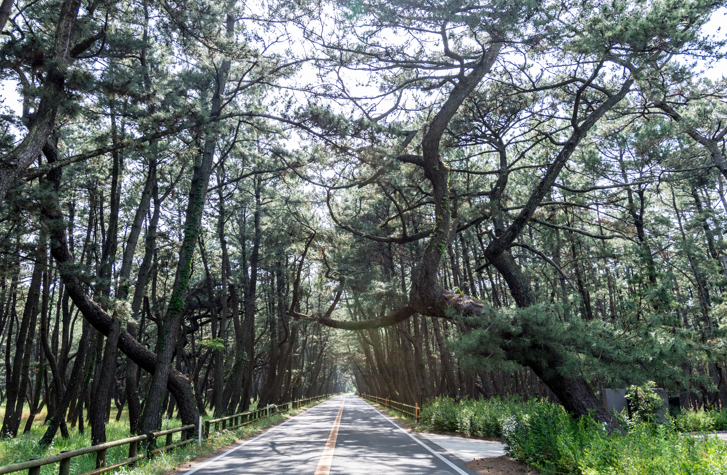 |
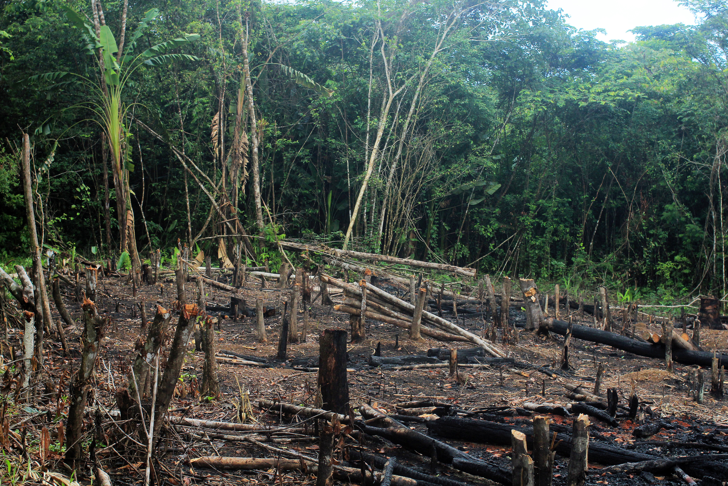 |
Part C_5 Description
| Answer: |


Part C_6 Description
Now, let’s review your answers.
復習してみましょう。
Part C_7 Description


Part C_8 Description
Did you get any images of deforestation and biodiversity loss? If you have anything you don’t know well, please keep researching after the lesson.
Part D Vocabulary
英単語の意味と発音を確認する
Learn the vocabulary and phrases related to the topic

Part D_1 Vocabulary
We’ll read aloud the words and sample sentences below. Please repeat after me. I will check your pronunciation.
講師の真似をして単語を発音しましょう。
Part D_2 Vocabulary
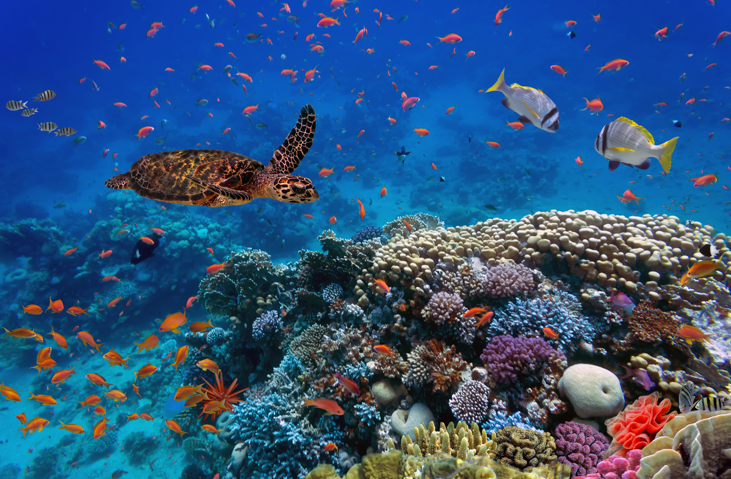 |
biodiversity 生物多様性
Sadly, no funds were given specifically for the biodiversity protection.
|
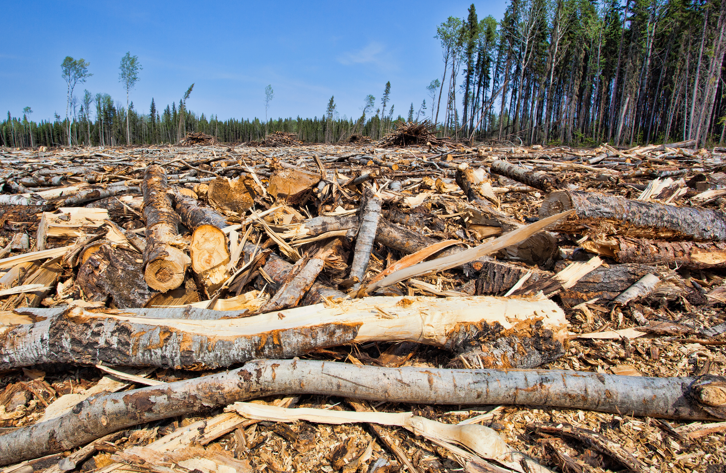 |
deforestation 森林破壊
Deforestation is the major cause of floods.
|
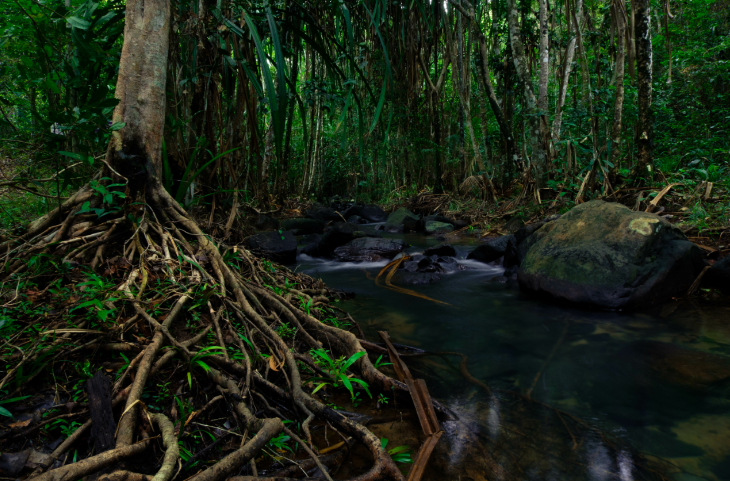 |
absorb 吸収する
Trees help absorb water, which helps in preventing floods.
|
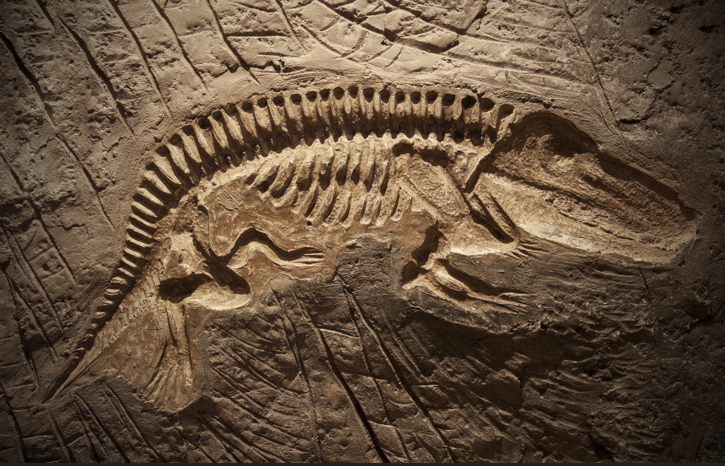 |
extinct 絶滅した
More animals are going extinct due to human activities.
|


Part D_3 Vocabulary
Now, let’s review some words from part D_2.
(Please review the mispronounced words and expressions from part D_2.)
復習しましょう。
Part D_4 Vocabulary


Part D_5 Vocabulary
Please look at the pictures below. Now, fill in the blanks with the words you learned and read aloud the complete sentences.
(Please give the student time to answer.)
それでは、下記のそれぞれの文章の空欄に先ほど学んだ単語のいずれかを埋めて、文章を完成させましょう。
Part D_6 Vocabulary
| 1. | The host country promotes efforts in _______________ protection. |
| 2. | _______________ destroys large areas of tropical rainforests. |
| 3. | Plants _______________ nutrients from the soil. |
| 4. | Deforestation also causes animal species to go _______________. |


Part D_7 Vocabulary
Now, let’s review your answers.
復習してみましょう。
Part D_8 Vocabulary


Part D_9 Vocabulary
Do you have any questions about the meaning of words?
Then, let’s move on to the next part.
Then, let’s move on to the next part.
Part E Reading
リーディング問題 passageを読んで知識を深める
Learn the facts about the topic and the countries that are related to it

Part E_1 Reading
Please read aloud the first passage below.
文章を読んでください。
Part E_2 Reading
Deforestation
More than 80% of all animals, plants, and insects live in forests. Not only that, but forests also provide a living for about 1.6 billion people. However, the world lost 3.3 million hectares of forest land between 2010 and 2015.
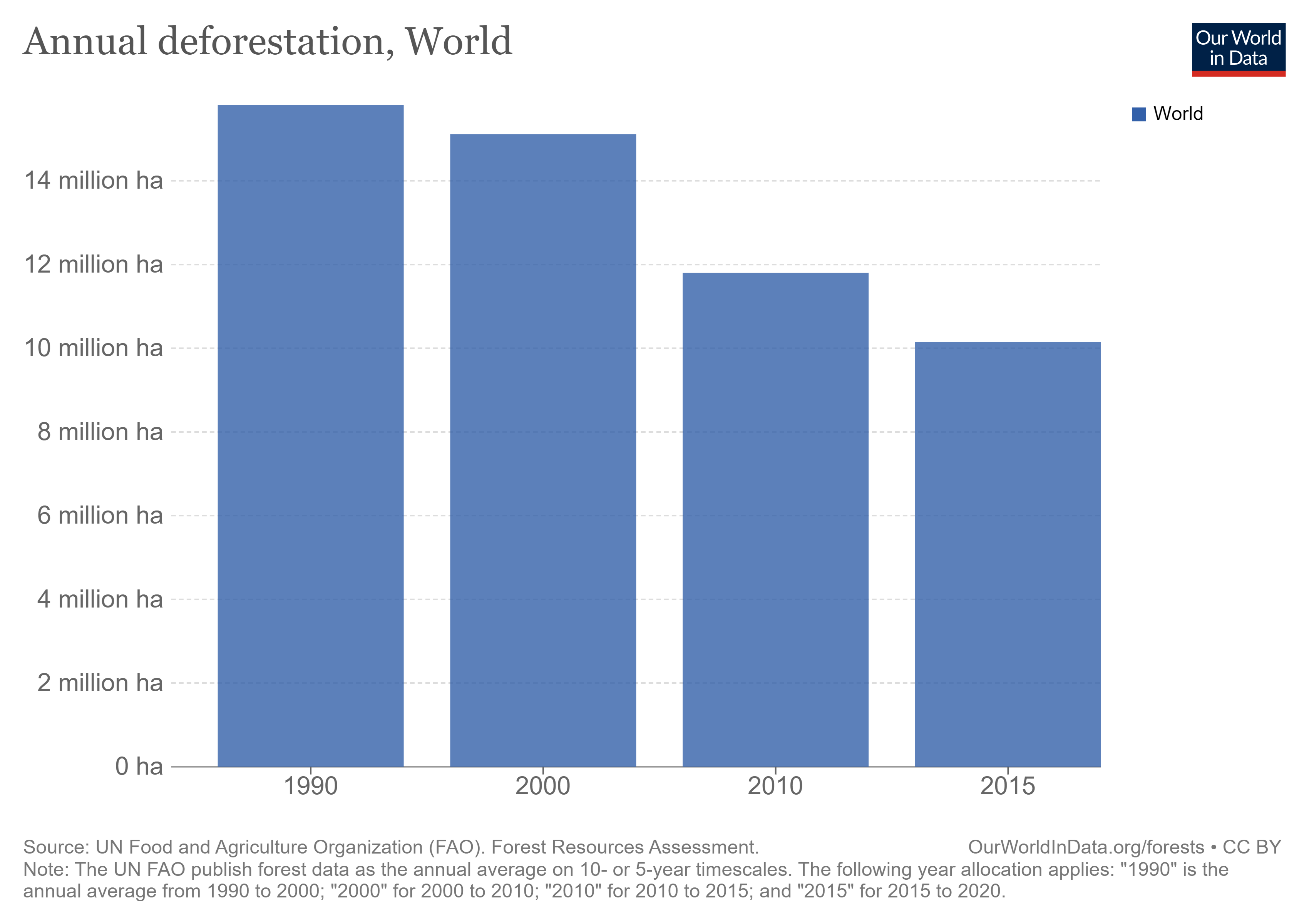
Forests have a large influence on weather patterns, water and soil quality, as well as flood prevention. The majority of deforestation is caused by food production.
Trees absorb and store carbon dioxide (CO2). When forests are cut down, CO2 and other greenhouse gases are released. Deforestation is responsible for about 10% of global warming.


Part E_3 Reading
I will ask the following questions. Please answer based on the passage. I will check if your answers are appropriate.
講師が質問するので答えてみましょう。

Part E_4 Reading
| 1. | How many hectares of forest land did the world lose between 2010 and 2015? |
Part E_5 Reading
| Answer: |


Part E_6 Reading
| 2. | Based on the article, what is responsible for the majority of deforestation? |
Part E_7 Reading
| Answer: |


Part E_8 Reading
Please read aloud the second passage below.
文章を読んでください。
Part E_9 Reading
Biodiversity Loss
Forests play an important role in preventing global warming. Global warming is disrupting the natural order of breeding and resource availability. For example, inhabitants living on ice are at risk as more heat melts their habitats.
Another reason behind biodiversity loss is overexploitation. Overhunting threatens the extinction of animals. Wildlife trafficking continues, with roughly 7,000 species of animals and plants documented in illegal trade in 120 nations. 8 percent of the 8,300 recorded animal breeds are extinct, and 22 percent are on the verge of extinction.


Part E_10 Reading
I will ask the following questions. Please answer based on the passage. I will check if your answers are appropriate.
講師が質問するので答えてみましょう。

Part E_11 Reading
| 1. | What do overhunting and overfishing cause? |
Part E_12 Reading
| Answer: |


Part E_13 Reading
| 2. | Out of 8,300 recorded animal breeds, what percentage are on the verge of extinction? |
Part E_14 Reading
| Answer: |


Part E_15 Reading
Now, let’s review your answers.
復習してみましょう。
Part E_16 Reading


Part E_17 Reading
Did you understand the situation and facts about forests and biodiversity? If you have any questions, please ask me.
Part F Opinion
オピニオン 問題を身近に考える
Think about the topic as your own

Part F_1 Opinion
Please answer the questions below. You can share your opinions.
(It’s okay if the student’s answers are not complete sentences. To share his/her opinions is the goal for this part.)
講師が質問をするのであなたの意見を答えましょう。

Part F_2 Opinion
| 1. | What things do you see around you are made of wood? |
Part F_3 Opinion
| Answer: |


Part F_4 Opinion
| 2. | How would life be if your house is located in a forest? |
Part F_5 Opinion
| Answer: |


Part F_6 Opinion
Now, let’s review your answers.
復習してみましょう。
Part F_7 Opinion


Part F_8 Opinion
Thank you for sharing your opinions. Let us continue to learn and think about deforestation and biodiversity loss issues, and then take action to solve them.
